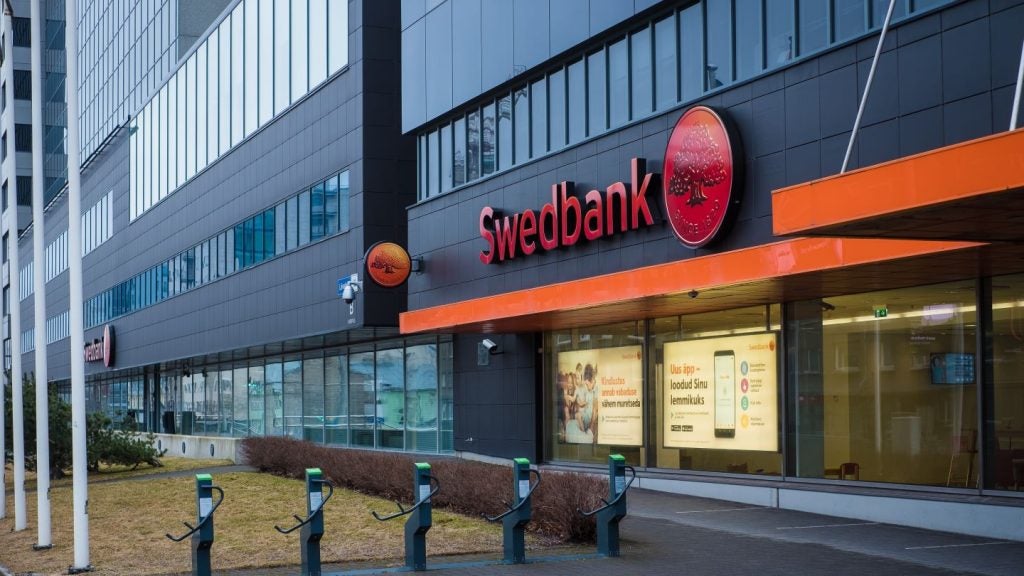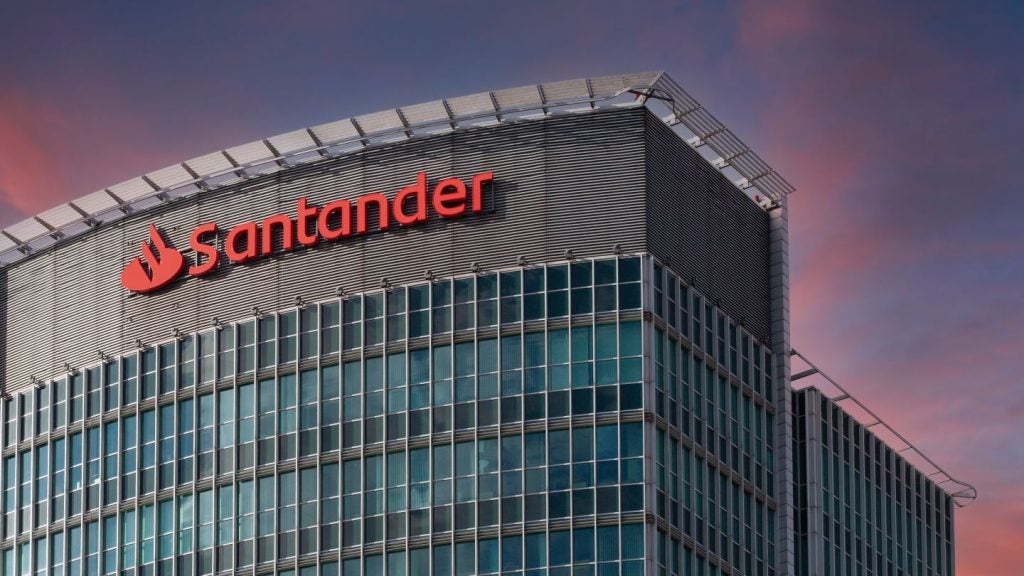the rise in the country, the US government has enacted the Hope for
Homeowners Act, which aims to reduce foreclosures in a way that is
cost effective to the banking industry. But bankers say they need
more information before they can effectively use the Bill. William
Cain reports.
US retail banks are keen to take advantage
of a government scheme which gives banks the option to refinance
delinquent mortgages, but are unlikely to be ready to launch in
time for its October start date. The Hope for Homeowners Act of
2008 – an extension of the Federal Housing Administration’s
FHASecure scheme – creates a voluntary programme that would permit
the FHA to refinance up to $300 billion in loans, around 1.5
million mortgages. The FHA, a government vehicle for insuring
mortgages, would provide guarantees on refinanced loans to assist
at-risk borrowers in gaining viable mortgages, helping the banking
industry take fewer loans into foreclosure and potentially reducing
bank costs.
The refinancing package has been
identified as a key element in improving conditions in the US
mortgage market, and was scheduled to be  implemented at the start of October. But banking
implemented at the start of October. But banking
industry players say that deadline appears ambitious, with concrete
guidelines not yet established. The programme will give banks the
option to write down mortgage loans at risk of default to 87
percent of the current value of the property (90 percent, minus a 3
percent origination fee), rather than start the foreclosure
process. This allows banks to refinance and insure the loan through
the FHA and provides the borrower with a more serviceable loan,
potentially avoiding default. The FHA charges an annual fee of 1.5
percent, rolled into the homeowner’s repayments.
The restrictions on the scheme are that
the mortgage has to have been originated on or before 1 January
2008; and borrowers must have a mortgage debt to income ratio of
not less than 31 percent. Borrowers must also certify they have not
intentionally defaulted on their existing mortgages. The scheme
will end on 30 September 2011. The legislation requires a board of
directors, including representatives from various US
banking-related regulatory bodies, establish the remaining criteria
to implement the legislation. It is part of the Housing and
Economic Recovery Act of 2008, which includes the new government
position on Freddie Mac and Fannie Mae (see: Can US bail-out
save Washington Mutual?).
American Bankers Association president
Edward Yingling said: “We will encourage our members to participate
in the Hope for Homeowners programme when it becomes active.
Feedback from our members bolsters our belief members will use this
important new tool.”
The banking industry’s enthusiasm for the
programme is likely to depend on some of the finer detail of the
programme. A spokesman for JPMorgan Chase told RBI the eligibility
criteria for borrowers needs to become more explicit. Another
industry concern is the level of sharing in any future house
appreciation.
He said: “It is an important thing, but
the FHA have to come up with rules on what the qualifying standards
will be. Do the borrowers have to be delinquent or can they be
current? What is the debt to income ratio they need to qualify?
Those are coming out in the next few weeks… I think that means
nobody is going to be doing it on October 1.”

US Tariffs are shifting - will you react or anticipate?
Don’t let policy changes catch you off guard. Stay proactive with real-time data and expert analysis.
By GlobalDataSteps have already been made to reduce
foreclosures through the FHASecure scheme. In the year since its
launch it refinanced a total of around $104 billion in mortgages,
helping 325,000 people to access more affordable loans. Hope for
Homeowners should widen the options to both banks and
homeowners.
Other initiatives have included HOPE NOW,
an alliance of councillors, servicers, investors and lenders
including Bank of America, Citigroup, JPMorgan Chase, Wells Fargo
and HSBC Finance. Over 2 million foreclosures have been prevented
since it was set up in July 2007 through the use of repayment plans
and loan modifications by members, according to the
organisation.
HELOC loans feel pinch
The ‘Great American Piggybank’ known as
the home equity line of credit – or HELOC – is drying up, another
victim of the housing fallout. Largely responsible for the massive
rise in US consumer debt, Americans tapped their homes for
everything from vacations to college tuition.
Second-quarter home equity nonaccruals at
commercial banks nationwide increased 165 percent from a year
earlier, to $4.6 billion, according to a Foresight Analytics
analysis of Federal Deposit Insurance data. The overall delinquency
rate nearly doubled, to 2 percent. Banks with more than $100
billion of assets had the sharpest increase in nonaccruals, 179
percent, and the highest delinquency rate, 2.2 percent.
Non-accruals increased 101 percent for banks with $10 billion to
$100 billion of assets, 124 percent for those with $1 billion to
$10 billion, and 90 percent for those with under $1 billion.
Overall, the amount of money US homeowners
pulled out of their houses has fallen to a four-year low, a
reflection of tumbling values and tighter standards by banks and
other lenders. About $68 billion in home equity was “cashed out” by
homeowners during the first half of 2008, the lowest amount since
2004, Freddie Mac said.
The great irony of the home equity
lockdown is that these loans remain the safest bankers have in
their portfolios. A mere 1.1 percent of HELOCs were 30 days or more
past due as of the first quarter, the most recent period for which
figures are available, reported the American Bankers Association.
That compares with a 3.1 percent delinquency rate for auto loans
and 4.5 percent for credit cards.







